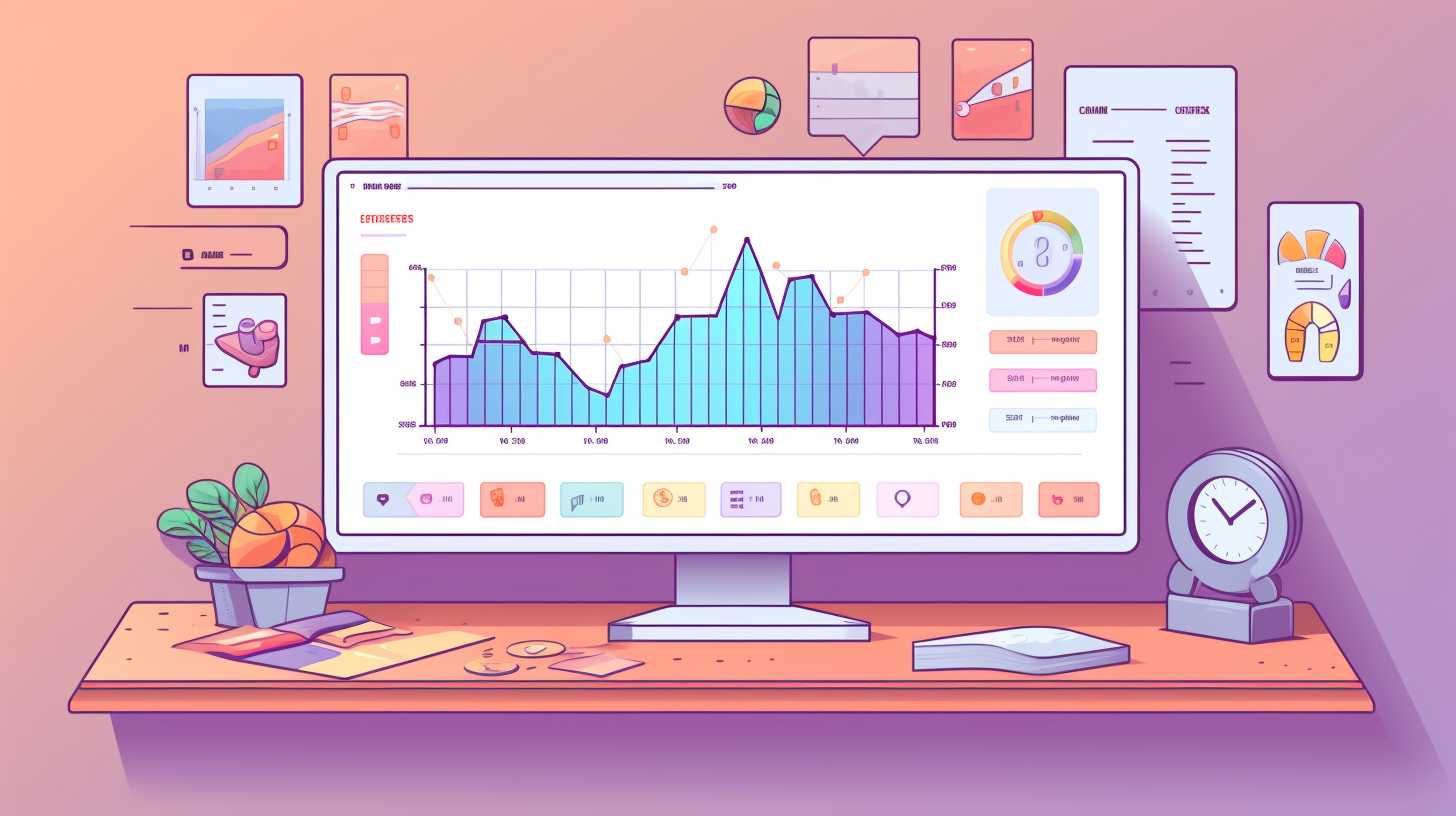Powerful Teams Start Here: Beam's 3 Steps to Transformative Team Engagement
Powerful Teams Start Here: Beam's 3 Steps to Transformative Team Engagement

The level of engagement within a team is directly proportional to the effort invested in their work. As a manager, there is no shortcut to fostering engagement; it requires deliberate development and attention. A highly engaged team will demonstrate strong involvement, enthusiasm, and dedication towards their responsibilities.
Developing practical strategies that promote collaboration and yield positive results is crucial for first-time managers learning about team engagement or experienced managers who have observed declining engagement.
There are various approaches to enhancing team engagement, and in this post, we present a comprehensive method that incorporates the use of a software tool like Beam. This approach goes beyond conventional management practices to effectively improve team performance.
Navigating the Stages of Team Development
As your team evolves, it will progress through distinct stages of development. Understanding these stages can help you tailor your management approach to meet your team's changing needs:
Forming: Team members are getting acquainted, establishing roles, and learning about the project. Provide clear direction and support to help them find their footing.
Storming: Conflicts may arise as team members navigate differing opinions and work styles. Facilitate open communication and help them find common ground.
Norming: The team begins to coalesce, establishing norms and working more collaboratively. Encourage shared leadership and help them refine their processes.
Performing: The team is now a cohesive unit, working efficiently and effectively towards their goals. Provide ongoing support and resources to maintain their momentum.
Adjourning: As the project wraps up, help your team reflect on their accomplishments and document their learnings. Celebrate their successes and prepare them for future endeavours.
Beam's Team Engagement Model
Beam is a people management tool designed specifically for managers who want to foster highly engaged teams. It provides powerful tools that enable managers and employees to connect, align goals, and discuss challenges effectively. Beam’s team engagement model comprises various components, including clear communication channels, performance metrics, and feedback mechanisms. Each element is designed to enhance team dynamics and drive continuous improvement.
Implementing the Beam methodology involves setting clear goals and expectations with your team, establishing open and transparent communication channels, defining key performance metrics and tracking progress, regularly soliciting and acting on feedback from team members, and fostering a culture of continuous improvement and learning. This approach allows managers to create a highly engaged and productive team environment.
Step 1: Aligning Goals and Vision
Aligning goals and vision is essential for team success. Setting team objectives involves defining and communicating clear goals aligning with the vision.
Beam helps team members align their goals by providing a platform to define and communicate clear objectives and link them to the company's vision. Beam's goal-setting feature enables teams to break down goals into smaller, manageable tasks, making tracking progress easy and staying focused on what matters most. By using Beam, teams can ensure their goals are clear, concise, and aligned with the company's vision, driving team success and achieving their desired outcomes.

Tracking and Measuring Progress
Beam recommends using key performance indicators (KPIs) to develop indicators to track benchmarks towards set goals. On the platform, you can set KPIs with a visual representation of progress, making it easy to understand complex data and identify trends.

Additionally, Beam's analytics and insights feature gives teams a deeper understanding of their progress, enabling them to make informed decisions and adjust their strategy as needed. By using Beam, teams can stay on course, achieve their goals, and celebrate their successes.
Step 2: Establishing Accountability
The Updates feature allows team members to share progress, successes, and challenges, promoting transparency and accountability. Incorporating a weekly check-in can be an effective accountability tool, enabling you to review progress.

Step 3: Continuous Improvement and Adaptation
Feedback is a tool for growth and development, allowing individuals and teams to refine their skills and achieve their goals.
The platform's real-time feedback feature allows team members to receive constructive feedback, recognition, and coaching, helping them refine their skills and achieve their goals.
Encouraging and utilising feedback fosters a culture of continuous improvement, open communication, and collaboration. Regular feedback helps team members understand what they're doing well and where to improve, enabling them to adjust their strategies and build on their strengths.

Case Studies and Success Stories
GeroCare, a primary healthcare provider, utilises Beam’s approach to enhance team collaboration and customer support. Dr Ebi Ofrey, CEO of GeroCare, highlights the value of Beam’s tools and responsive support in streamlining operations and delivering personalised care to elderly patients.
Family Production, a prominent production company, swiftly achieves team alignment and clarity on business outcomes with Beam’s methodology. Deniyi Mayowa, COO of Family Production, credits Beam for empowering their team to achieve goals effectively and foster collaboration
The key lesson from these success stories is the transformative power of Beam’s approach to team engagement. These companies significantly improved their operations and outcomes, underscored by the importance of investing in team engagement and adopting proven methodologies like Beam’s to drive organisational success.
Igniting the Power of Your Team
Beam's transformative approach to team engagement offers a comprehensive framework for managers to elevate their team's performance and achieve remarkable results. By aligning goals, establishing accountability, and fostering continuous improvement, Beam empowers teams to reach their full potential.
The level of engagement within a team is directly proportional to the effort invested in their work. As a manager, there is no shortcut to fostering engagement; it requires deliberate development and attention. A highly engaged team will demonstrate strong involvement, enthusiasm, and dedication towards their responsibilities.
Developing practical strategies that promote collaboration and yield positive results is crucial for first-time managers learning about team engagement or experienced managers who have observed declining engagement.
There are various approaches to enhancing team engagement, and in this post, we present a comprehensive method that incorporates the use of a software tool like Beam. This approach goes beyond conventional management practices to effectively improve team performance.










.png)










































































.jpeg)
